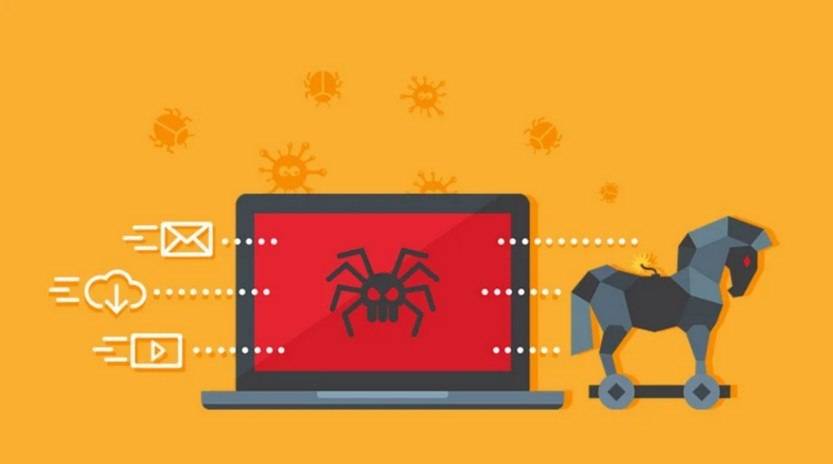Scams have become increasingly prevalent in the digital age, with fraudsters finding new and creative ways to deceive unsuspecting victims. One such scam that has recently gained attention is the P&O Cruise ‘Twenty Boxes’ Facebook Giveaway Scam. This article aims to provide a comprehensive overview of the scam, including what it is, how it works, what to do if you have fallen victim, technical details, and statistics to support the points made.

What is the P&O Cruise ‘Twenty Boxes’ Facebook Giveaway Scam?
The P&O Cruise ‘Twenty Boxes’ Facebook Giveaway Scam is a fraudulent scheme that targets Facebook users by promising them a chance to win a luxury cruise. The scam typically starts with a post or advertisement on Facebook, claiming that P&O Cruises is giving away twenty free cruise packages to celebrate a milestone or anniversary.
The scammers use various tactics to make the giveaway appear legitimate, such as using official P&O Cruise logos, photos, and even testimonials from supposed previous winners. They create a sense of urgency and excitement by stating that the giveaway is time-limited and that users must act quickly to secure their chance of winning.
How Does the Scam Work?
Once a user clicks on the post or advertisement, they are directed to a website that appears to be an official P&O Cruises page. The website asks users to enter their personal information, such as their name, email address, and phone number, to participate in the giveaway. In some cases, users may also be asked to share the post or tag friends to increase their chances of winning.
However, the information entered by users is not used for the intended purpose of entering them into a cruise giveaway. Instead, it is collected by the scammers for malicious purposes, such as identity theft, phishing attacks, or selling the data to other cybercriminals on the dark web.
Furthermore, users may be prompted to download a file or click on a link to claim their prize. These files or links often contain malware or viruses that can infect the user’s device and compromise their personal information.
What to Do If You Have Fallen Victim?
If you have fallen victim to the P&O Cruise ‘Twenty Boxes’ Facebook Giveaway Scam, it is crucial to take immediate action to protect yourself and minimize the potential damage.
- Change your passwords: Start by changing the passwords for all your online accounts, including social media, email, and banking accounts. Use strong, unique passwords that are difficult to guess.
- Scan your device for malware: Run a scan with a reputable antivirus software, such as Malwarebytes Free, to detect and remove any malware or viruses that may have been installed on your device.
- Monitor your accounts: Keep a close eye on your bank and credit card statements for any unauthorized transactions. If you notice any suspicious activity, report it to your bank or credit card provider immediately.
- Report the scam: Report the scam to the relevant authorities, such as your local law enforcement agency and the social media platform where you encountered the scam. This can help prevent others from falling victim to the same scam.
- Be cautious in the future: Learn from the experience and be more vigilant when engaging with online promotions or giveaways. Always verify the legitimacy of the offer and the source before providing any personal information.
Technical Details of the Scam
The P&O Cruise ‘Twenty Boxes’ Facebook Giveaway Scam utilizes various techniques to deceive users and collect their personal information. Some of the technical details of the scam include:
- Phishing websites: The scammers create websites that closely resemble the official P&O Cruises website, using similar logos, colors, and design elements. These websites are designed to trick users into entering their personal information.
- Social engineering: The scammers use psychological manipulation techniques to create a sense of urgency and excitement, encouraging users to act quickly without thinking critically.
- Malware and viruses: Users may be prompted to download files or click on links that contain malware or viruses. These malicious files can infect the user’s device and compromise their personal information.
- Data harvesting: The scammers collect the personal information entered by users, such as names, email addresses, and phone numbers, for malicious purposes.
Statistics on Facebook Scams
Facebook scams, including the P&O Cruise ‘Twenty Boxes’ Facebook Giveaway Scam, have become increasingly common in recent years. Here are some statistics that highlight the prevalence of scams on the platform:
- According to a report by the Better Business Bureau, Facebook scams accounted for over $117 million in reported losses in 2020.
- In a survey conducted by NortonLifeLock, 1 in 5 respondents reported falling victim to a Facebook scam.
- According to Facebook’s own data, the platform removed over 1.3 billion fake accounts between October and December 2020.
Summary
The P&O Cruise ‘Twenty Boxes’ Facebook Giveaway Scam is a deceptive scheme that preys on Facebook users’ desire to win a luxury cruise. By creating a sense of urgency and excitement, scammers trick users into providing their personal information, which is then used for malicious purposes. If you have fallen victim to the scam, it is crucial to take immediate action to protect yourself and report the scam to the relevant authorities. By staying vigilant and cautious when engaging with online promotions, you can reduce the risk of falling victim to scams and protect your personal information.










